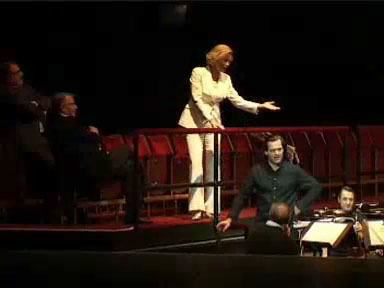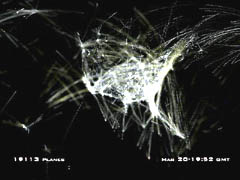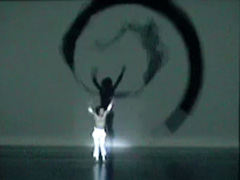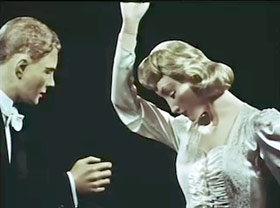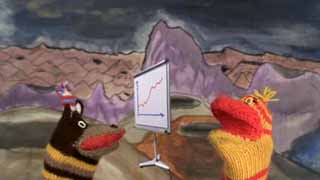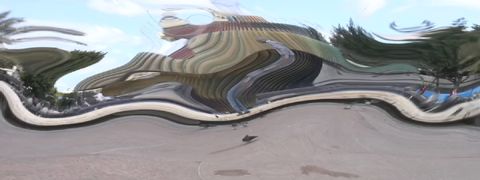
figure rocks square (2009, 16MB, 2:52 min)
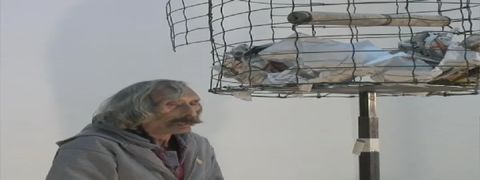
figure and birdcage (2009, 45MB, 8:14 min)

Studies for Figure (Isabel Rosenthal) (2009, 5MB, 1:00 min)

figure and birdcage (2009, 5MB, 52 secs)
Some recent work from Doron Golan, of this manor.
And it’s quite extraordinary.
In general Doron’s work has been marked by, not so much
a refusal to pander to passing fashion, but a complete
lack of interest in it or acknowledgement that it’s even there.
He goes his own way, he explores what interests, excites
and moves him.( And so, moves us)
When a seam is exhausted he moves on without looking back.
There is no attempt to create an artificial, marketable, surface unity
(which is not of course to say that a real, deeper, unity is not there)
I believe Doron is constitutionally incapable of acting otherwise and
he’s made a body of work of great beauty, and one entirely lacking in cynicism.
In the last months he’s been working on these, at first sight very odd,
study type pieces, with, as I understand it, a group of actors in Tel Aviv.
His methodology is a first sight unpromising -there is the obsessive restaging
of rather obscure -sometimes personal, sometimes, I think, Biblical- scenes and images.
These are then subjected to what appear to me to be out of the box transformation-of-the-plane
type distortion.
Unpromising because if, say, you were teaching a student you would probably
attempt to restrain this tendency, in the same way as one would with over-use
of Photoshop filters.
The thing is though – he pulls it off.
This is not an easy, passive view though -you have to approach the pieces prepared
to open yourself to them, to engage, to think, to do some work.
The work is not cosy; it will not flatter you.
but there is a beautiful & harsh poetry at it’s heart.
An obvious point of comparison is Bacon
but actually I think Soutine is nearer the mark.
(As a key, a way in, I’m not even beginning to suggest an influence. Although it would
be nonsense to suggest Doron is somehow without influences they are wide ranging and
very assimilated; Samuel Beckett is actually the one nearest to the surface.)
I urge you to explore not only all these pieces but all the work of the last ten years or so.
If you have a heart and mind and are prepared to use them you won’t be disappointed.
